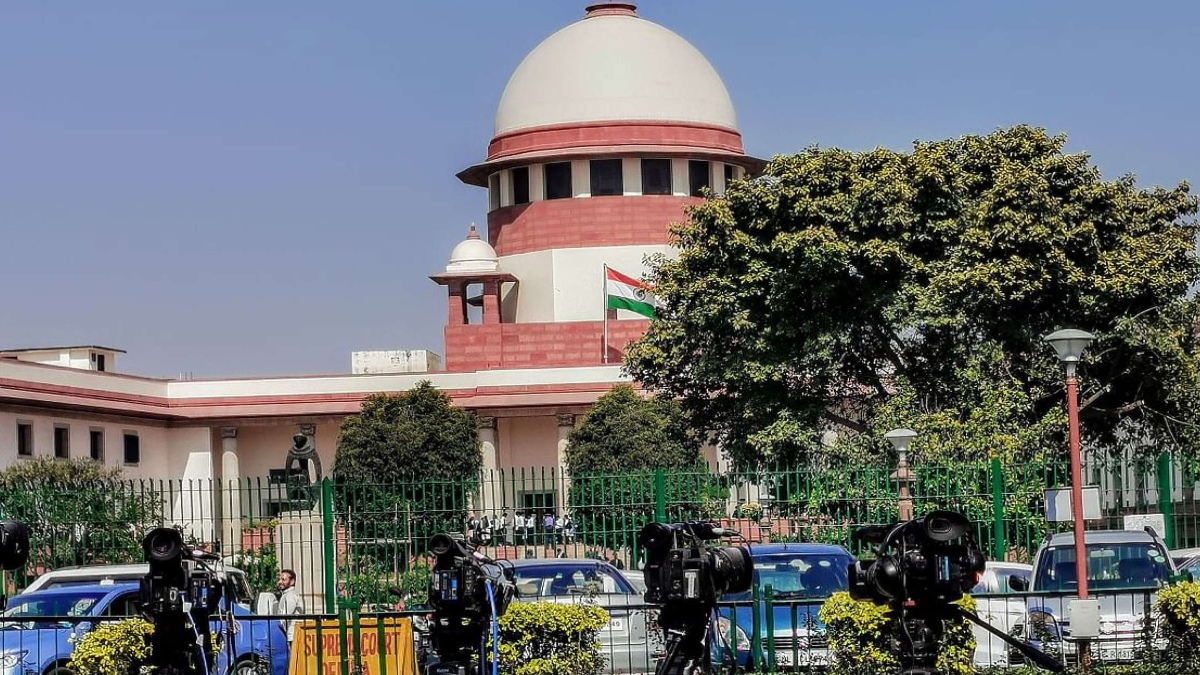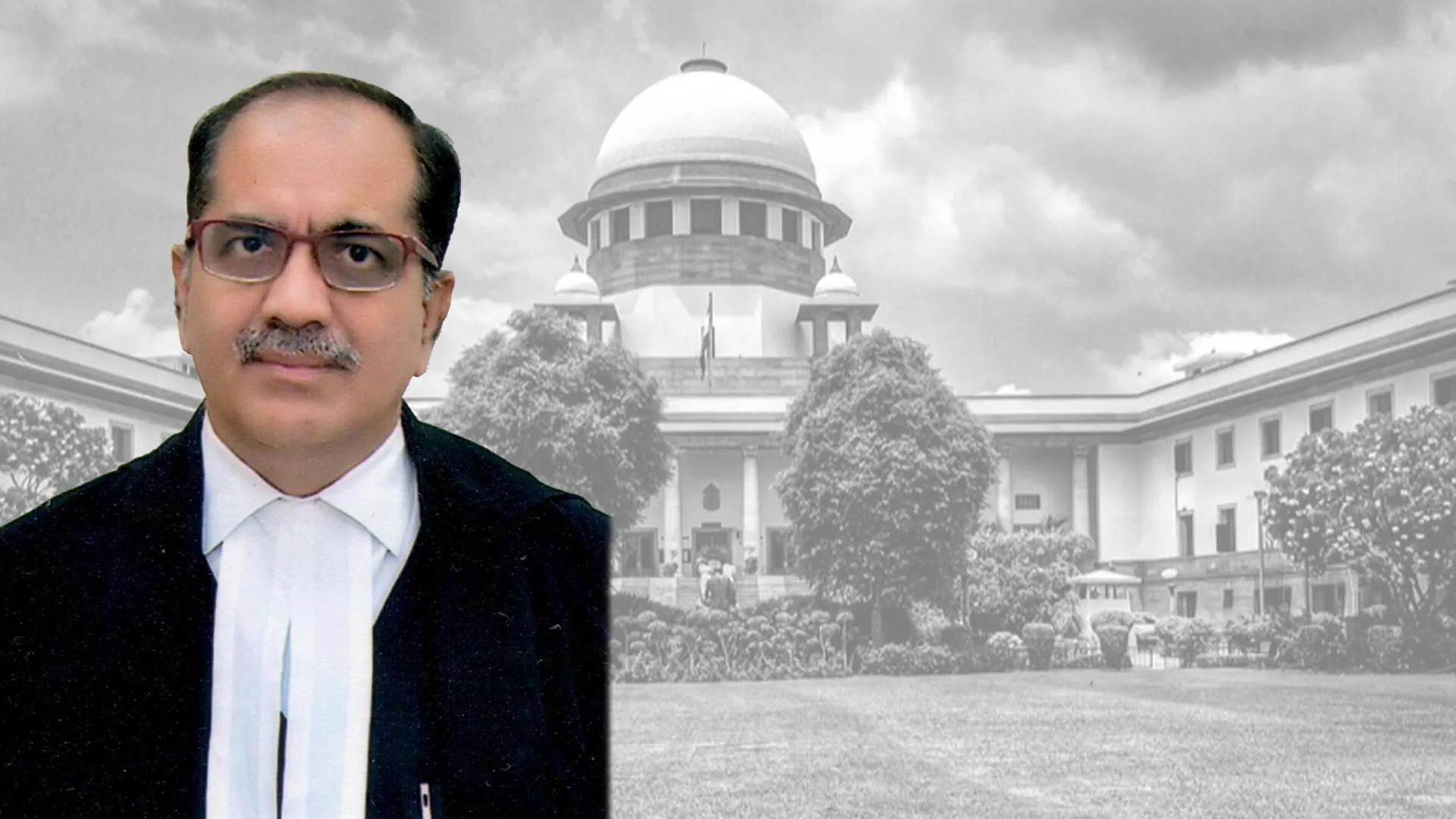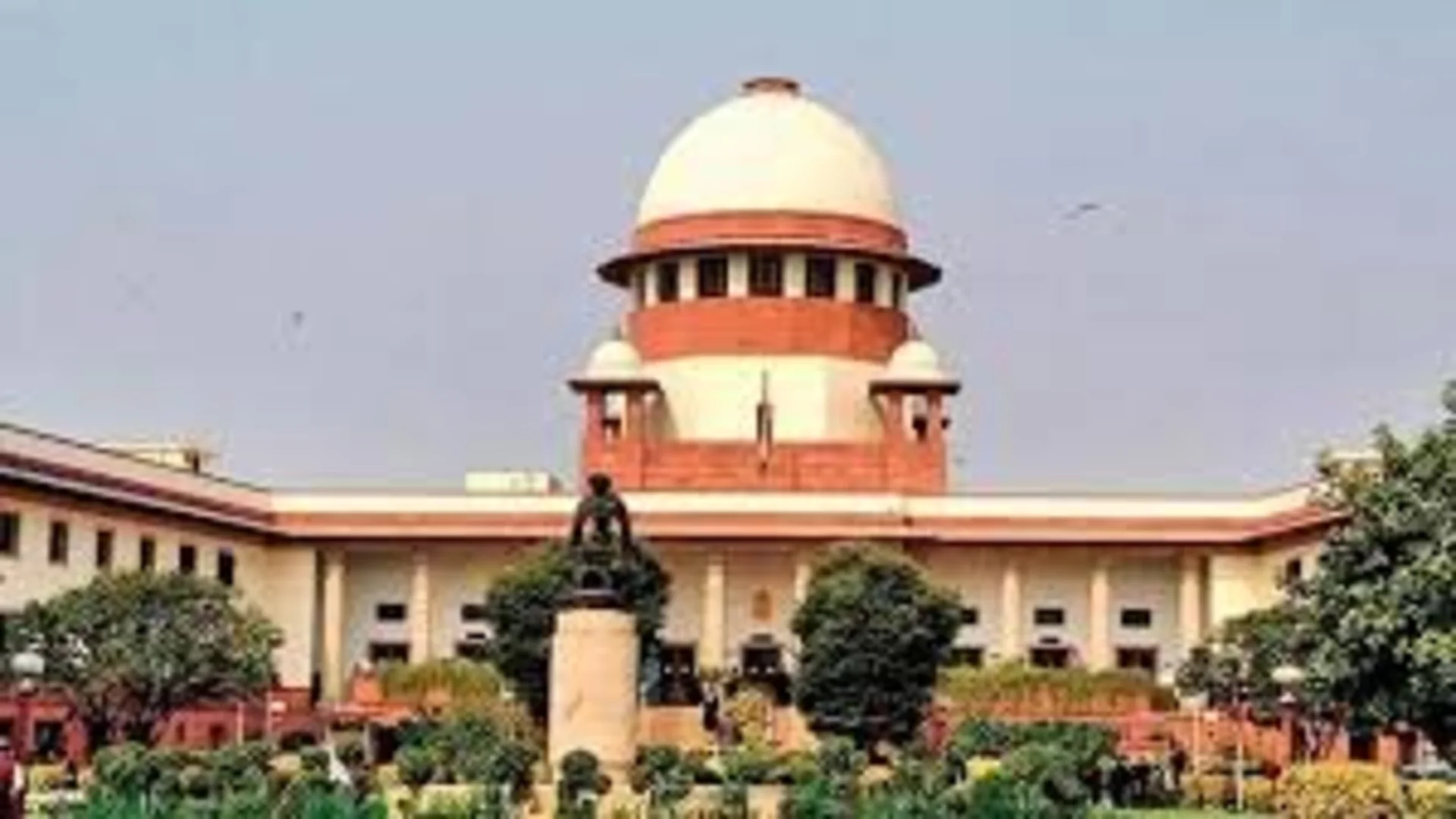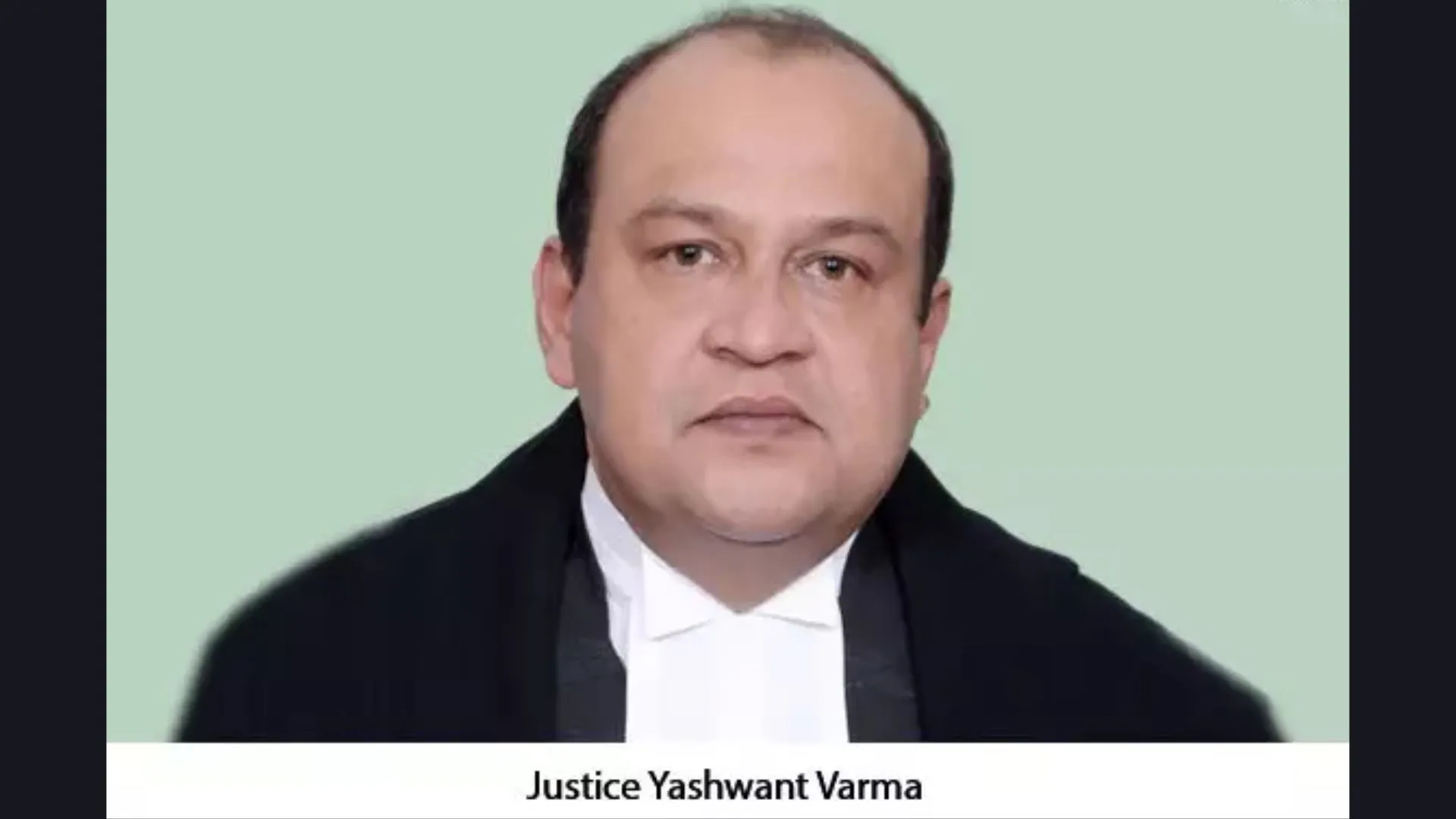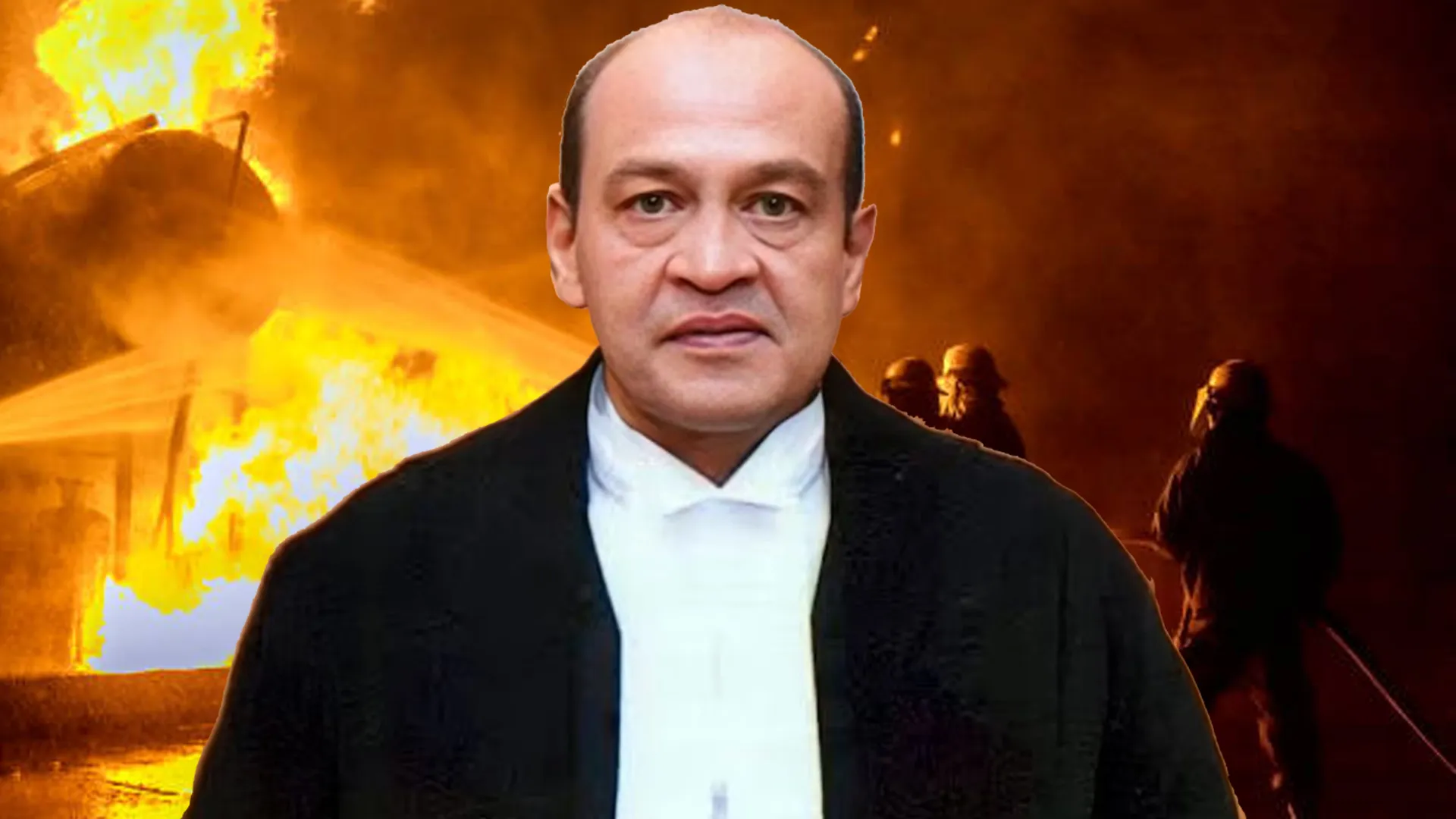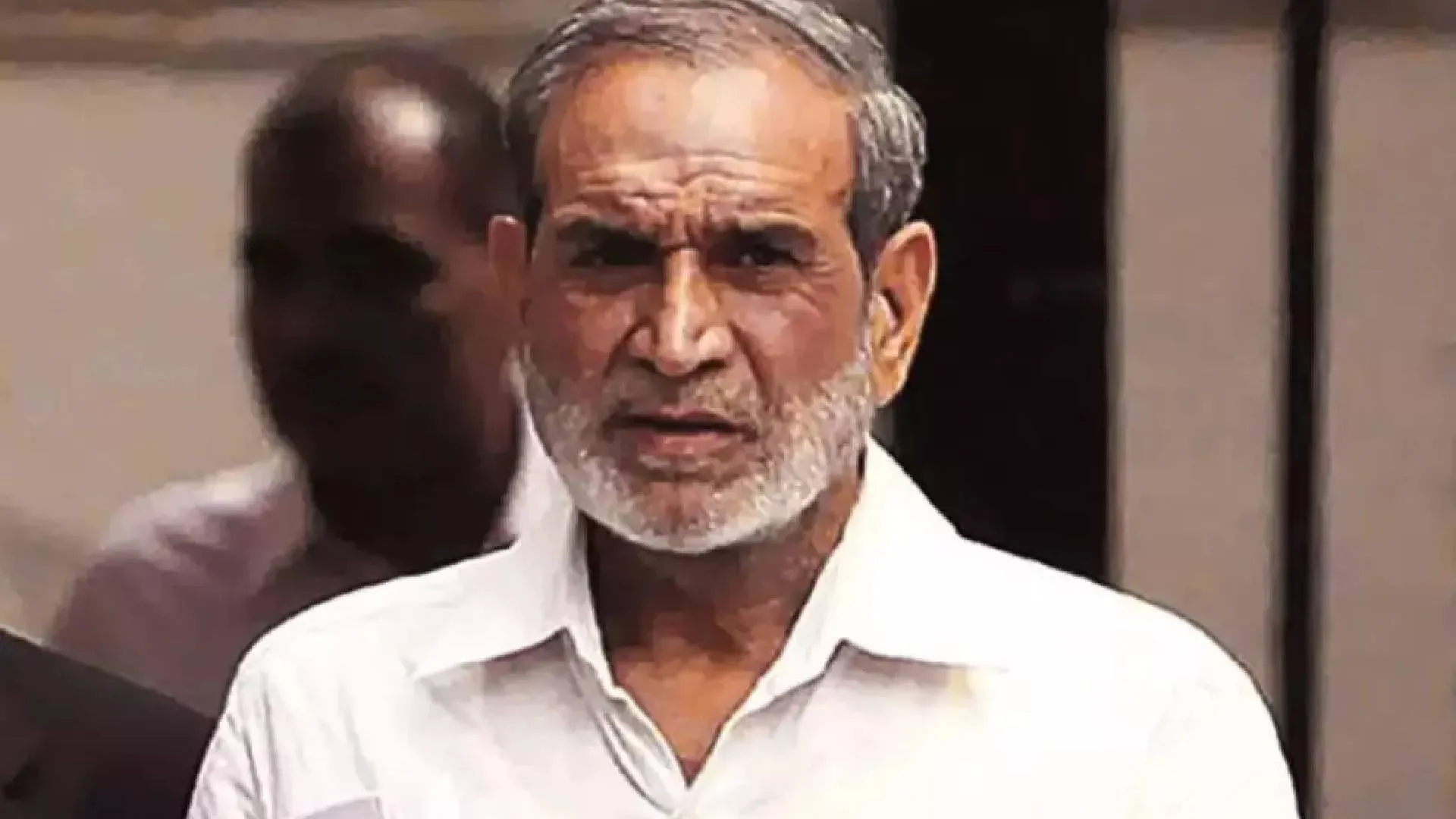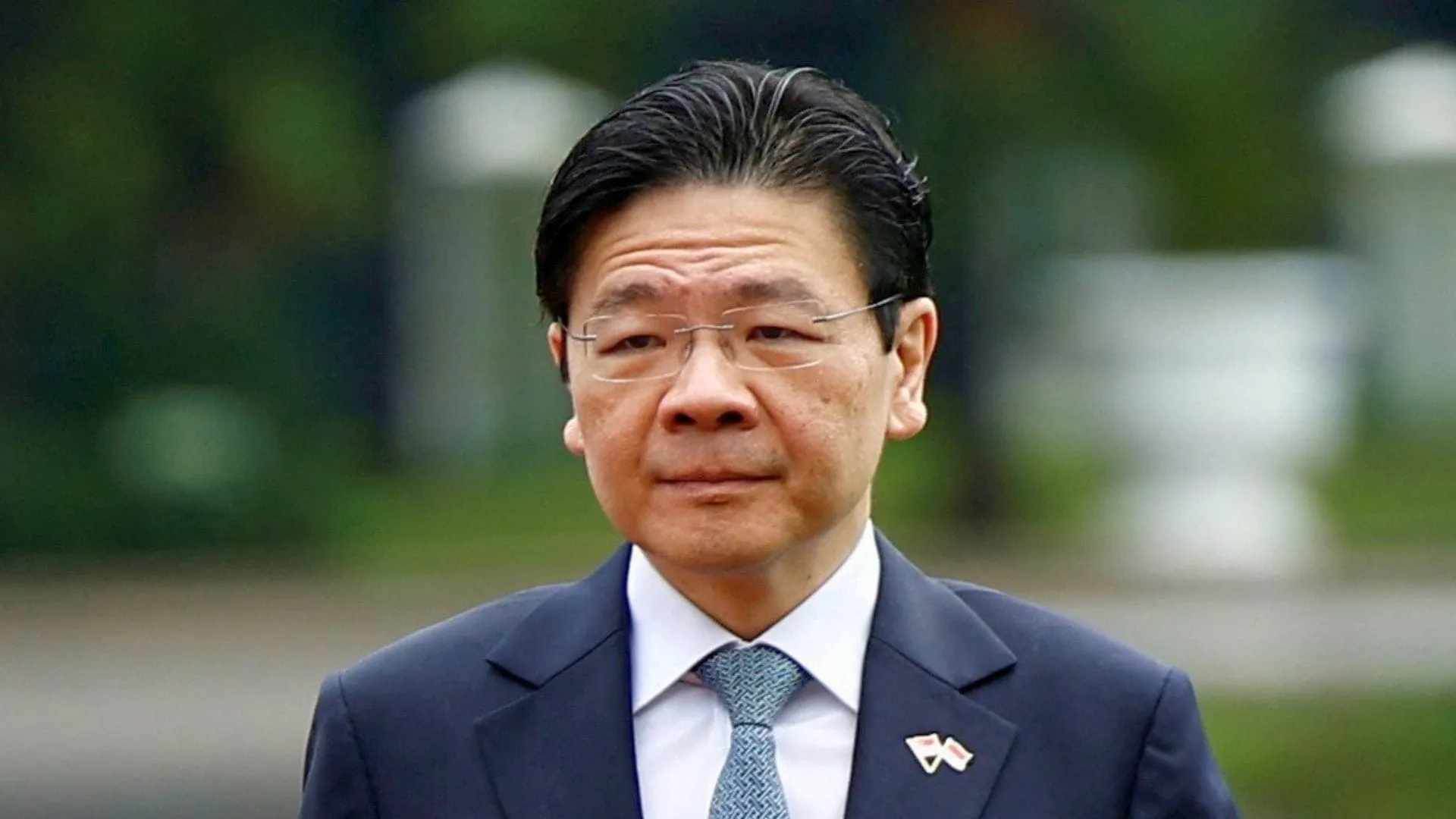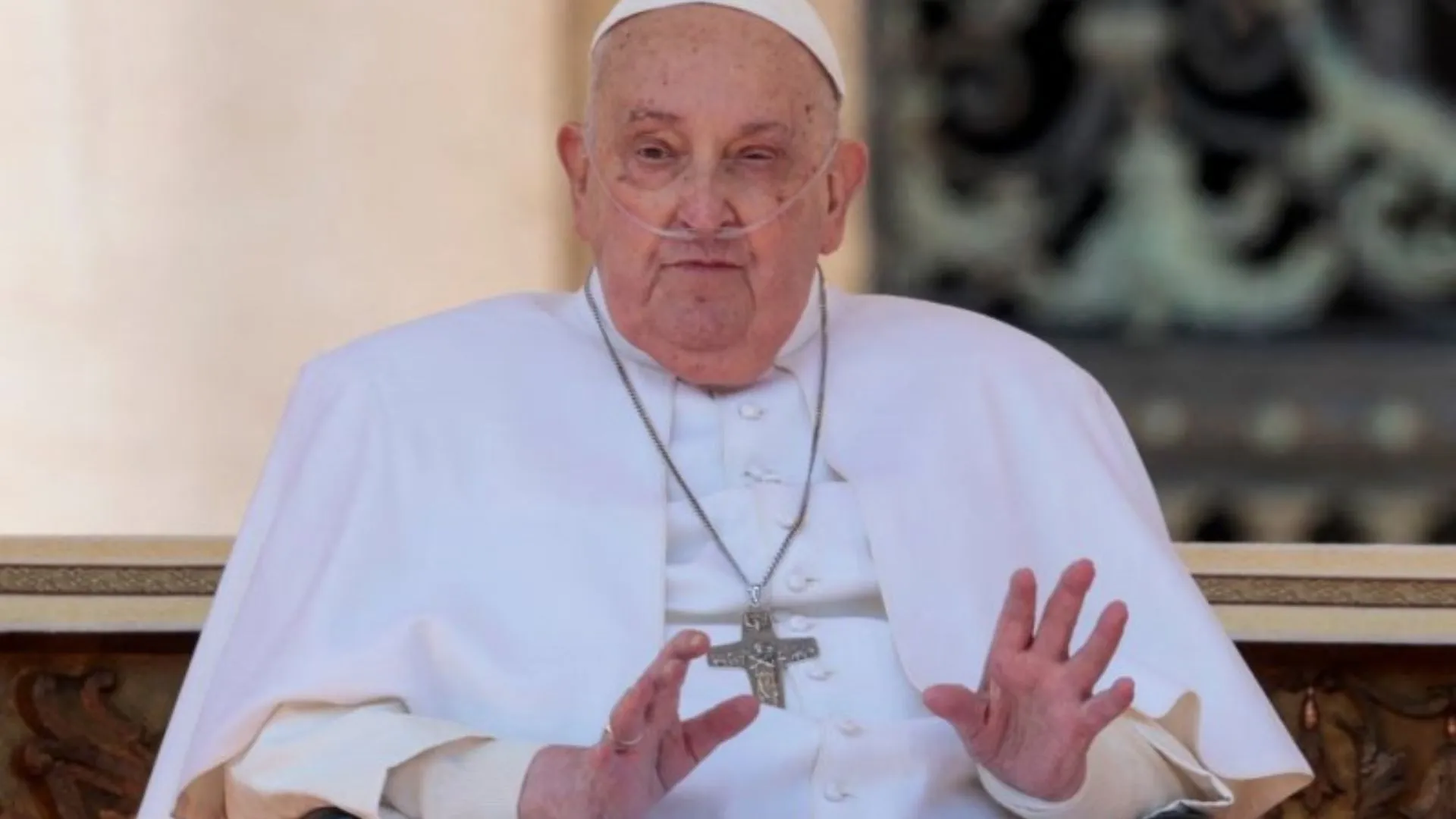“Oh, poor litigant, people languishing in jails. In the name of development and progress, I beseech you, to rise to the occasion and realise that it’s not enough to criticise. You cannot shift the entire burden on the judiciary”, struggling to keep his voice from betraying his feelings, the 43rd Chief Justice of India, Hon’ble Justice T.S Thakur made an emotional appeal to the Prime Minister for speeding up the process of judicial appointments during his speech at the Joint Conference of Chief Ministers and Chief Justices of High Courts in April 2016.


This was a time when the Five Judges Bench of the Supreme Court headed by Justice Thakur’s predecessor, Justice J. S. Khehar in the NJAC Case had declared the 99th Amendment as unconstitutional for preserving the judicial independence enshrined in the Constitution. The amendment sought to replace the Collegium System with the National Judicial Appointments Commission, which would act as the sole authority for appointing and transferring judges. In its judgment, the Apex Court did acknowledge the need for deeper introspection in the functioning of the collegium system. However, the glasnost and perestroika of the top court is yet to be initiated.
THE APPOINTMENT PROCEDURE
The appointment and the transfer of Judges to the Supreme Court and the High Court is made by the President of India in consultation with the Chief Justice and other judges in accordance with Articles 124, 217 and 222 of the Constitution of India.
About 28 years ago, the Supreme Court introduced the collegium system in the Second Judges case wherein it held that, “consultation” really meant “concurrence” and added that it was not the CJI’s individual opinion but an institutional opinion formed in consultation with the two senior-most judges of the Court. Later, in the Presidential Reference (referred as the Third Judges Case) in 1998, the collegium was expanded to a 5-member body comprising the Chief Justice and the four senior-most judges of the Court.
After declaring the NJAC as unconstitutional, the judiciary and the executive mutually devised a Memorandum of Practice (“MoP”) to be adopted for appointing and transferring judges in the higher judiciary. According to the MoP the Chief Justice would recommend the names for appointment to the Law Minister, who shall put those recommendations before the Prime Minster. Subsequently, the President under his hand and seal would accept the recommendations and appoint the person as the Judge of the Supreme Court or the High Court as the case may be.
COMPARISON WITH OTHER JURISDICTIONS
No other country in the world leaves judicial appointments solely in the hands of judiciary.
In United Kingdom, the Supreme Court judges are appointed by a 5-person selection commission which comprises of the Supreme Court President, his deputy and one member each appointed by the Judicial Appointments Committee (JAC) of England, Scotland and Northern Ireland. The JAC comprises of lay persons, members of the Judiciary and the Bar and it makes appointments of judges to lower courts as well.
In USA, all the appointments are made by the President and confirmed by the United States Senate.
Germany does the appointments through elections, wherein half the members of the Federal Constitutional Court are elected by the executive and half by the legislature maintaining the independence of the judiciary.
In Australia, the Judicial Commission invites an “expression of interest” from the members of the Bar through public advertisements, which ensures transparency in the appointment process.
In India, because of the involvement of too many authorities, the process of judicial appointments is immensely delayed.
ISSUES
According to the MoP, the Chief Justice of the High Court shall, at least 6 months before the date of the occurrence of the vacancy, communicate his views to the Chief Minister for filling up the scheduled vacancy. The MoP also states that appointments should be made at least 1 month in advance for the smooth and efficient functioning of the judiciary. However, these timelines are rarely adhered to and the process is elongated on procedural laches or the non-sitting of the collegium. This makes it extremely difficult to fill up the vacancies in time, which leads to the over-burdening of the courts.
Additionally, even if the Collegium sends the name within the stipulated time frame to the Ministry, there is no set timeline whatsoever prescribed for the Ministry to present them before the President. Numerous times the Apex Court has reprimanded the government, questioning as to why the Intelligence Bureau should take months to verify the recommendations of the Supreme Court collegium and why the Prime Minister’s Office can’t ask the IB to send its report within a time bound manner.
Surprisingly, around 170 proposals sent by the Collegium are still awaiting the clearance from the IB.
This clearly showcases that it is the need of the hour to bring in radical changes in the mechanism of judicial appointments, and to frame strict guidelines which should be complied with, both by the judiciary and the executive.
THE CURRENT SCENARIO
India, as on 1st April 2021, according to the data released by the Department of Justice, has a total of 411 vacancies in the Supreme Court and the 25 High Courts. Allahabad tops the list with 57 vacancies, followed by Calcutta at 40 whereas Rajasthan, Patna, Bombay, Punjab & Haryana have around 30 vacancies each.
The Apex Court too is functioning at strength of 29 against the sanctioned strength of 34. It is noteworthy to mention that during the 17 months tenure of Hon’ble Chief Justice S.A. Bobde, not a single recommendation was made to fill up the vacancies in the top court.
Recently, the Supreme Court in PLR Projects Ltd. V. Mahanadi Coalfields has formulated certain guidelines for the appointment of Judges to the High Courts. The guidelines recommend the IB to submit it report within 4 to 6 weeks from the date of recommendation of the High Court Collegium. Additionally, it also mandates that if the Supreme Court Collegium after the consideration of the inputs of the Central Government reiterates the recommendations, then the appointments should be made within 3 to 4 weeks.
The Union Law Minister stated in the Lok Sabha that around 63,146 cases were pending before the Supreme Court and about 56, 42,567 were pending before the High Courts in the year 2020. These figures are alarming and clearly display the immediate need to fill up the vacancies.
WOMEN REPRESENTATION IN JUDICIARY: WOMAN CHIEF JUSTICE OF INDIA, DISTANT DREAM OR POSSIBILITY?
Since the day Hon’ble Justice H.J Kania took oath as the First Chief Justice of India on 26th November 1950, in about 70 years of the functioning of the Apex Court, only eight-woman judges have been appointed to the Supreme Court, out of which 2 have been elevated from the subordinate judiciary, and only 1 has been directly appointed from the bar. Hon’ble Justice Fathima Beevi was the first woman judge of the Supreme Court appointed in 1989 and Hon’ble Justice Indu Malhotra who recently demitted office was the first woman to be appointed directly from the bar in 2018.
At present, Justice Indira Banerjee is the sole woman judge in the crop of 29 judges of the Supreme Court. Furthermore, out of the Chief Justices of the 25 High Courts, only Hon’ble Justice Hima Kohli stands as the sole woman Chief Justice of Telangana High Court, who shall demit her office in September this year.
Women Representation on the bench enhances the accessibility and openness of the judicial system because women judges bring those lived experiences to their judicial work which plays a vital role in the decision making process. The Attorney General, Mr. K.K Venugopal has stressed upon the “need for greater gender sensitization among the judiciary, which could go a long way towards a more balanced and empathetic approach towards judiciary”. Recently, while concluding his speech at the Justice Sunanda Bhandare Memorial Lecture, Justice Nariman who is and will remain a member of the Collegium till his retirement in August 2021, asserted that “in the present dispensation, the time for the first woman Chief Justice won’t be very far off”.
In totality, when we see the All-India Judges list, out of the working strength of 669 judges in the country, only 75 judges are women.
The line of succession of the Chief Justice of India is clear till February 2027, when Justice Surya Kant will retire. During the tenure of Justice Kant as the Chief Justice of India, all the current Supreme Court justices would retire, and Justice Kant will preside over an entirely fresh collegium. Justice B.Venkataramiah Nagarathna, who is the daughter of Former CJI Justice ES Venkataramiah, was elevated as a Judge of the Karnataka High Court on 18th February 2008. She is currently at No.3 in the Karnataka High Court and stands at No. 34 in the All India Judges List. If the collegium decides to elevate her to the top court, she will take charge as the first Woman Chief Justice of India for a good period of 9 months till October 2027, after the retirement of Justice Kant.
The Apex Court, through the appointments of Justice Dinesh Maheshwari and Justice Sanjiv Khanna has made it clear that merit plays a more crucial role than seniority. The appointments of both these judges sparked controversies as they stood at the Number 21 and 33 respectively in the combined seniority list and superseded Justices Pradeep Nanadrajog and Rajendra Menon, who were serving as the Chief Justices of Rajasthan High Court and Delhi High Court respectively.
Justice Govind Mathur who recently retired as the Chief Justice of Allahabad High Court in his farewell speech has rightly said, it is only the judiciary which can firmly stand and protect the constitutional values and morality. Therefore, it is the need of the hour that we expedite the process of judicial appointments and increase the women representation on the bench and initiate the glasnost and perestroika process of our judicial system.
Prakhar Agrawal is an Advocate at The Law Desk, Jaipur and Anjali Assat is an Advocate at Virendra Agrawal & Co., Jaipur.
India, as on 1st April 2021, according to the data released by the Department of Justice, has a total of 411 vacancies in the Supreme Court and the 25 High Courts. Allahabad tops the list with 57 vacancies, followed by Calcutta at 40, whereas Rajasthan, Patna, Bombay, Punjab & Haryana have around 30 vacancies each. The Apex Court too is functioning at a strength of 29 against the sanctioned strength of 34. It is note worthy that during the 17-month tenure of Hon’ble Chief Justice S.A. Bobde, not a single recommendation was made to fill up the vacancies in the top court.

